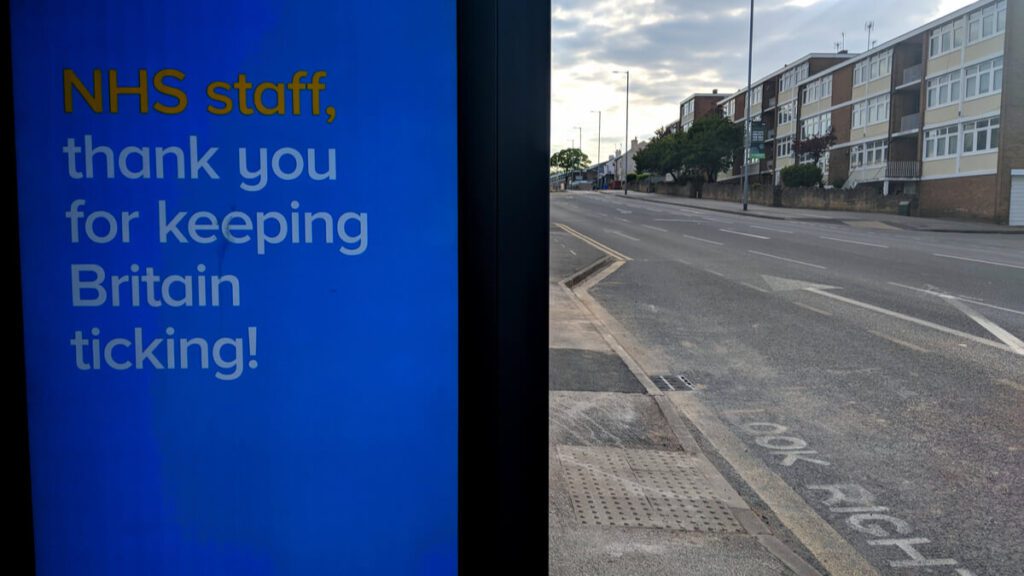
A new technology introduced by the UK has helped clinicians identify 800,000 adults who may be at higher risk from COVID-19 contagion and placed them under high priority to receive the vaccine as part of the country’s vaccination program.
This technology – which was developed by subgroup of NERVTAG, led by the University of Oxford and funded by the National Institute for Health Research (NIHR) – analyses a combination of risk factors based on medical records, to assess whether somebody may be more vulnerable than was previously understood, helping clinicians provide vaccination more quickly to them and ensuring patients can benefit from additional advice and support.
According to a statement published by the British government, the analysis is made possible via new technology and emerging evidence regarding the impact of the disease on different groups and who could be most vulnerable – which means further steps can be taken to protect those most at risk.
“The model’s data-driven approach to medical risk assessment will help the NHS identify further individuals who may be at high-risk patients from COVID-19 due to a combination of personal and health factors,” Deputy Chief Medical Officer for England Dr Jenny Harries said.
Harries added that this action ensures those most vulnerable to COVID-19 can benefit from both the protection that vaccines provide, and from enhanced advice, including shielding and support, if they choose it.
Up to 1.7 million patients have been identified. Those within this group who are over 70 will have already been invited for vaccination and 820,000 adults between 19 and 69 years will now be prioritized for a vaccination, the government said in its statement.
The patients identified through the risk assessment will be sent a letter from NHS England in the coming days explaining that their risk factors may help identify them as high clinical risk and that they are included within the support and advice for the clinically extremely vulnerable.
“They will be invited to receive a COVID-19 vaccine as soon as possible if they have not already had the jab, and will be given advice on precautionary measures, including shielding where this is current advice. Their GPs are also being notified,” the British government’s statement explained.
The research – commissioned by England’s Chief Medical Officer Chris Whitty and funded by the National Institute of Health Research – found there are several health and personal factors, such as age, ethnicity, and body mass index (BMI), as well as certain medical conditions and treatments, which, when combined, categorizes persons as high-risk patients from COVID-19.
“The independent validation from the Office of National Statistics (ONS) is considered the ‘gold standard’ in quality assurance. The ONS has shown that the model performs in the ‘excellent’ range, and accurately identifies patients at highest risk from COVID-19,” Sarah Wilkinson, Chief Executive of NHS Digital, which has been using the model, said.
According to the government’s statement, the University of Oxford had turned their research into a risk-prediction model called QCovid, which has been independently validated by the ONS and is thought to be the only COVID-19 risk prediction model in the world to meet the highest standards of evidence and assurance.
“The QCovid model, which has been developed using anonymized data from more than 8 million adults, provides nuanced assessment of risk by taking into account a number of different factors that are cumulatively used to estimate risk, including ethnicity,” Lead researcher Professor Julia Hippisley-Cox, a general practitioner and Professor of Clinical Epidemiology and General Practice at University of Oxford’s Nuffield Department of Primary Care Health Sciences, said.